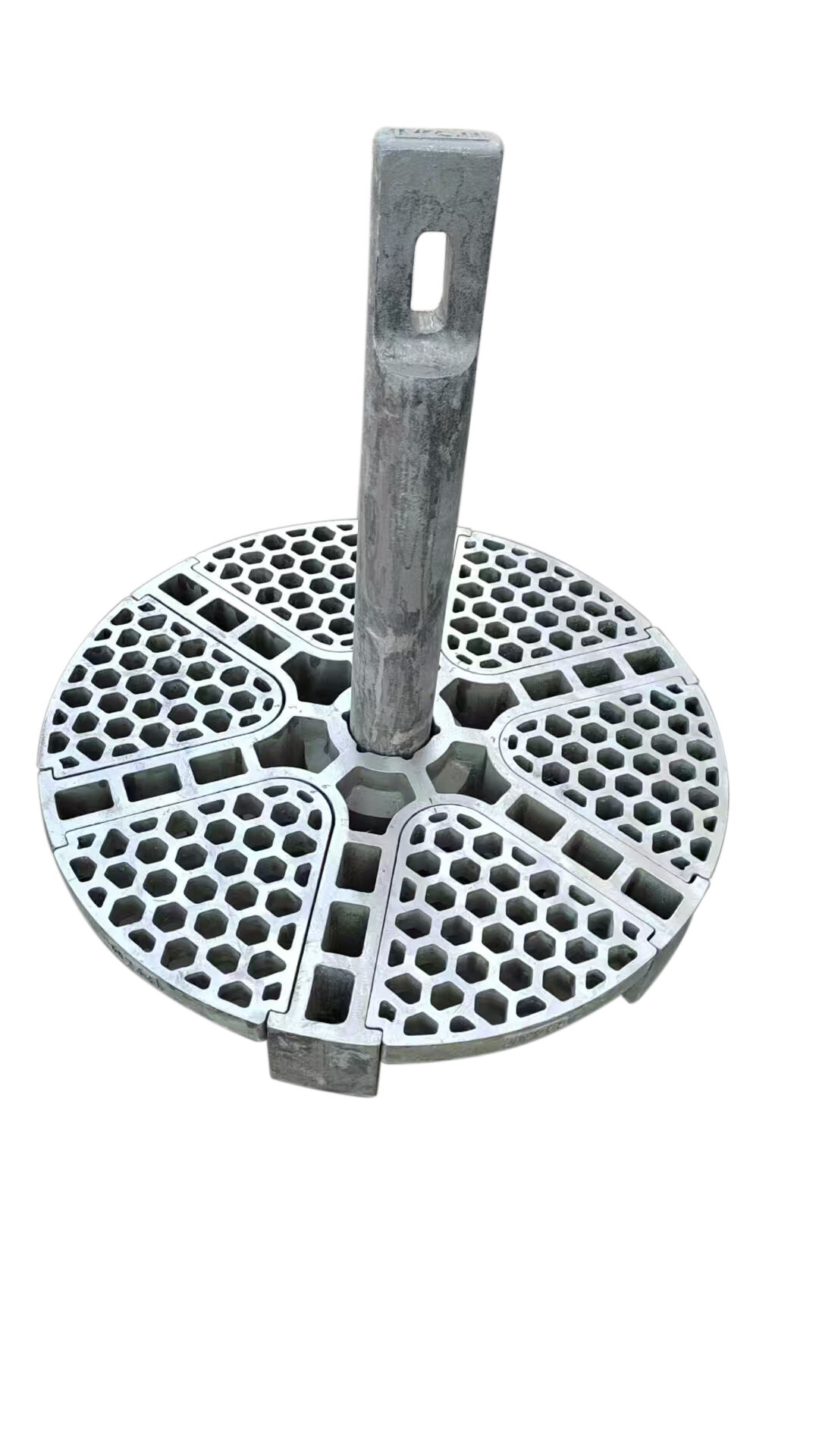prototype investment casting
Prototype investment casting represents a sophisticated manufacturing process that combines traditional casting techniques with modern precision engineering. This method begins with creating a wax pattern that perfectly mirrors the desired final product, which is then coated with ceramic material to form a robust shell. Once the ceramic hardens, the wax is melted out, leaving a precise cavity for molten metal. This process enables the production of complex geometries and intricate details that would be difficult or impossible to achieve through conventional manufacturing methods. The technology excels in creating both prototype parts and low-volume production runs, offering exceptional surface finish and dimensional accuracy. Engineers and manufacturers particularly value this process for its ability to work with a wide range of metals and alloys, including stainless steel, aluminum, and titanium. The method proves especially valuable in industries requiring high-precision components, such as aerospace, medical devices, and automotive sectors. Modern prototype investment casting incorporates advanced technologies like 3D printing for pattern making and computer-aided design for optimal results, ensuring consistent quality and reducing lead times significantly.
